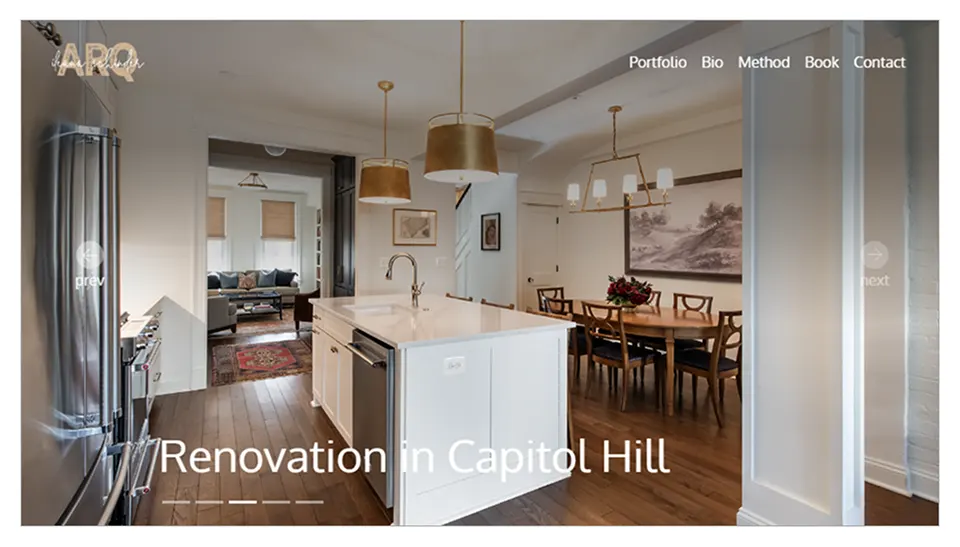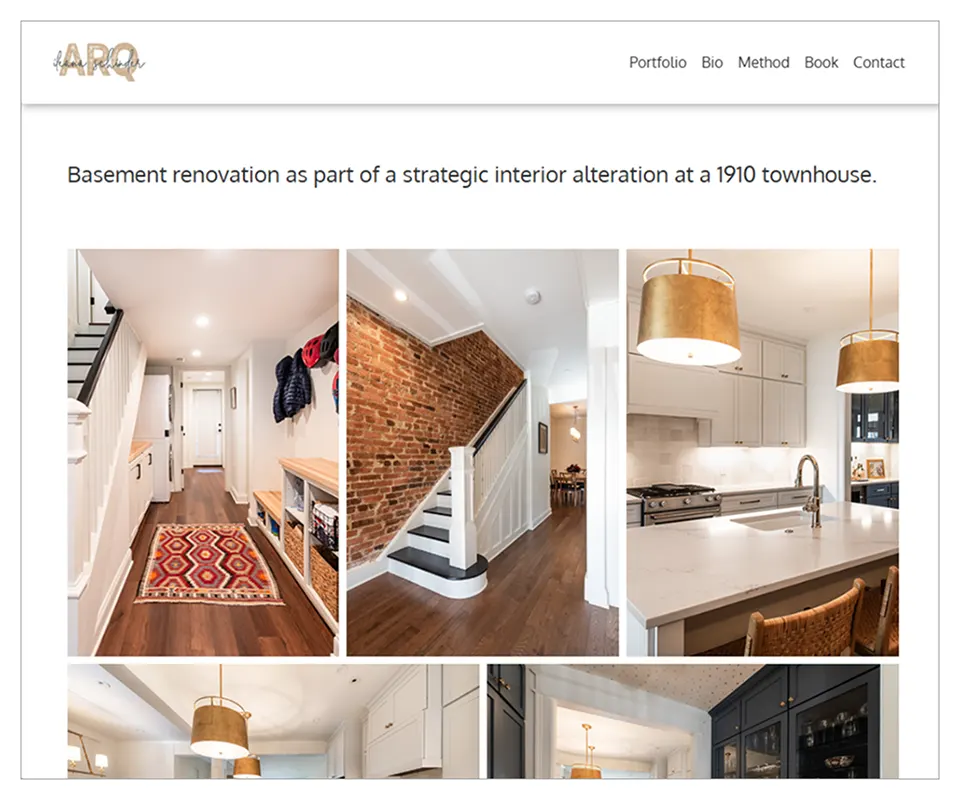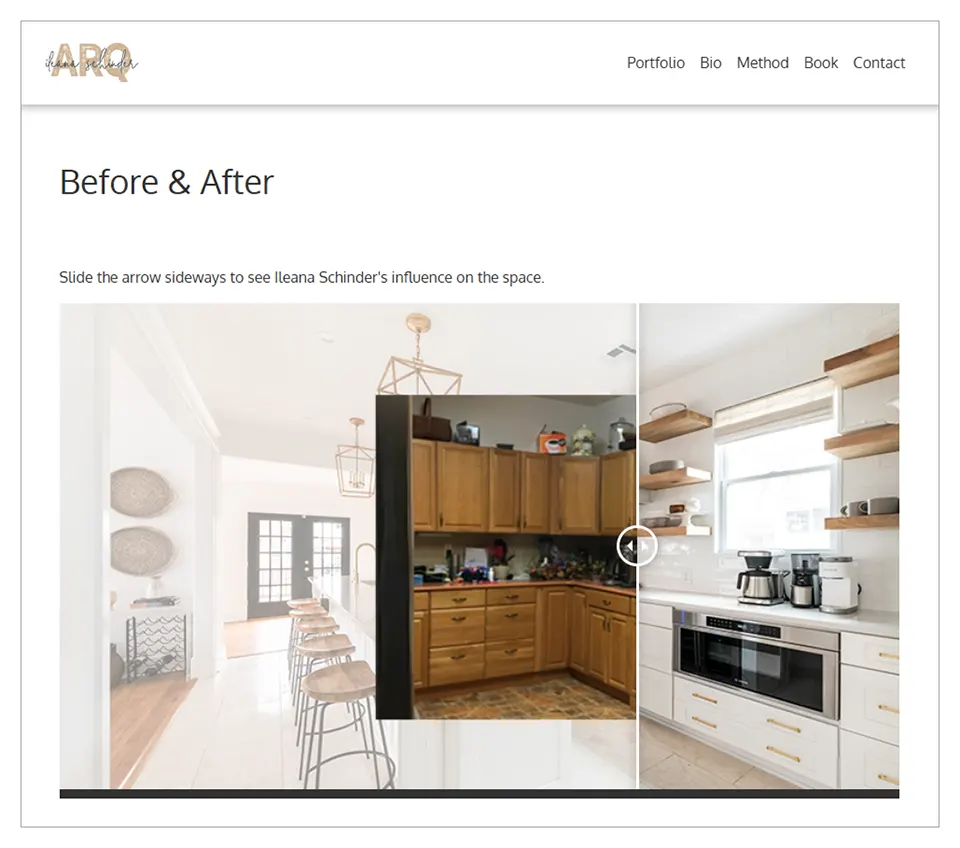In architecture and construction, first impressions matter. A well-designed website is the best way to showcase your projects, technical expertise, and design philosophy. Beyond attracting new clients, a professional website builds credibility and highlights your achievements, certifications, and architectural style. In such a visual and competitive industry, your website can become your strongest introduction.

What Every Architect’s Website Should Include
- Project portfolio with real photos: Show completed works, renders, and construction processes to demonstrate experience and quality. Before-and-after photos are stunning! See an example here.
- Clear service descriptions: Specify project types — residential, commercial, renovations, or public works — to help clients make decisions.
- Professional team profiles: Include architects, engineers, and technicians with brief bios to inspire confidence.
- Quick contact form or call-to-action button: Make it easy for potential clients to inquire or request a quote.
- Certifications, awards, and memberships: Build credibility and showcase your studio’s reputation.
- Local SEO optimization: Essential for ranking in searches like “architecture firm in [your city].”

Standout Features That Reflect Your Style
Beyond presenting projects, an architecture website should reflect your firm’s aesthetic identity and technical expertise. These elements help you stand out from the competition:
- Blog or article section: Share trends, sustainable materials, or construction insights to improve SEO and show expertise.
- Interactive project map: Display your works by location or client type.
- Videos or virtual tours: Let visitors experience your spaces from any device.
- Minimalist, visually balanced design: Your site should reflect the same design sensibility as your projects.
- Integration with professional networks like LinkedIn or Behance: Expand reach and strengthen your firm’s reputation.

Going Further: Tools and Apps for Client Management
Architecture and construction firms can go beyond static websites by integrating client management tools or apps. These platforms centralize communication, allowing you to share progress, plans, and budgets securely while improving project workflows.
- Project tracking dashboard: Clients can view timelines, milestones, and real-time photos.
- Digital document management: Upload plans, contracts, or certificates for quick access through the site or app.
- Automatic notifications: Send updates about project phases or pending approvals.
- Private client areas: Streamline communication and reduce scattered email exchanges.

Common Mistakes That Hurt Professional Image
A poorly designed website can send the opposite message from what you want to convey. Avoid these common pitfalls:
- Small or low-quality photos: Projects should be displayed large and in high resolution.
- Too much technical jargon: Clients want clarity — not to read floor plans on your homepage.
- Outdated projects or contact info: Makes visitors wonder if the firm is still active.
- Non-responsive design: Many potential clients will visit your site from their phones.

In Summary: Why Every Architect Needs a Website
An architecture or construction firm’s website should balance aesthetics and functionality — it should showcase, convince, and facilitate contact. With a curated portfolio, clear information, and digital tools that empower your clients, your studio can stand out and attract higher-value projects.
Want your website to reflect the same quality as your work? Contact us — we’ll help you design one that builds trust, communicates expertise, and looks stunning.



